a region of the cytoplasm that is not enclosed in a membranous sac.

LIPID BILAYER:
oily boundary that prevents the free passage of water-soluble substances across it.

WAVELENGTH:
is the distance from the peak of one wave to the peak behind it.
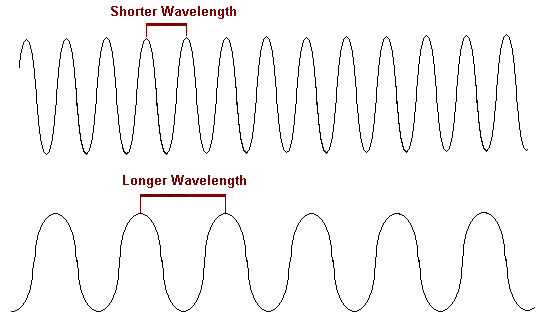
.ELECTRON MICROSCOPES:
use magnetic lenses to bend and diffract beams of electrons, which cannot be diffracted through a glass lens.

TRANSMISSION:
electron microscopes, electron pass through a specimen and are used to make images of its internal details.

SCANNING:
electron microscopes direct a beam of electrons back and forth across a surface of a specimen.
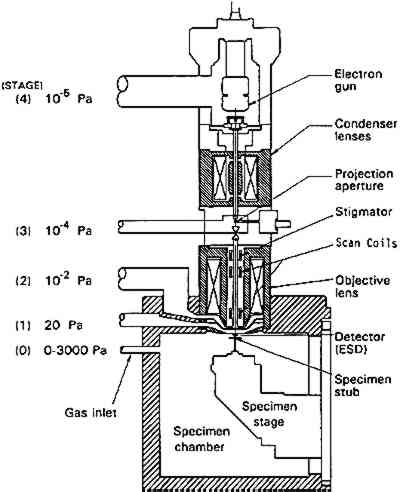
ORGANELLES:
membrane-bounded sac.

SECRETORY PATHWAY:
moves new polypeptide chains from some ribosomes through ER and GOLGI bodies.
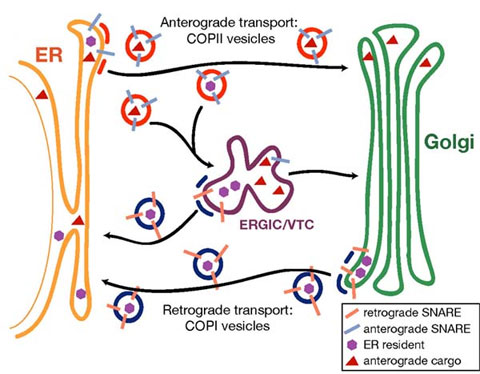
ENDOCYTIC PATHWAY:
moves ions and molecules into the cytoplasm.

VESICLES:
tiny sacs that act likes taxis and moves substances from one organelle to the next in line.

NUCLEAR ENVELOPE:
is a double-membrane system in which two lipid bilayer are pressed against each other.
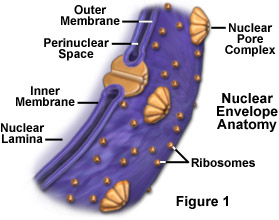
CHROMATIN:
as the cell´s collection of DNA and all proteins associated with it.

CHROMOSOME:
is a double-stranded DNA molecule and its associated proteins.
PEROXISOMES:
hold enzymes that digest fatty acids, amino acids, and hydrogen peroxide, a toxic metabolic product.
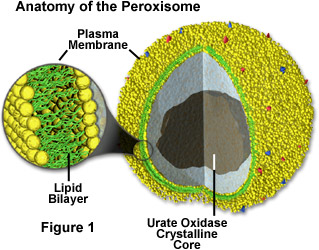
CELL JUNCTIONS:
are molecular structures where a cell sends or receives signals or materials.

BASAL BODY:
barrel shaped structure that produces and organizes microtubules into the 9+2 array.

PSEUDOPODS:
or "FALSE FEET"
No hay comentarios:
Publicar un comentario